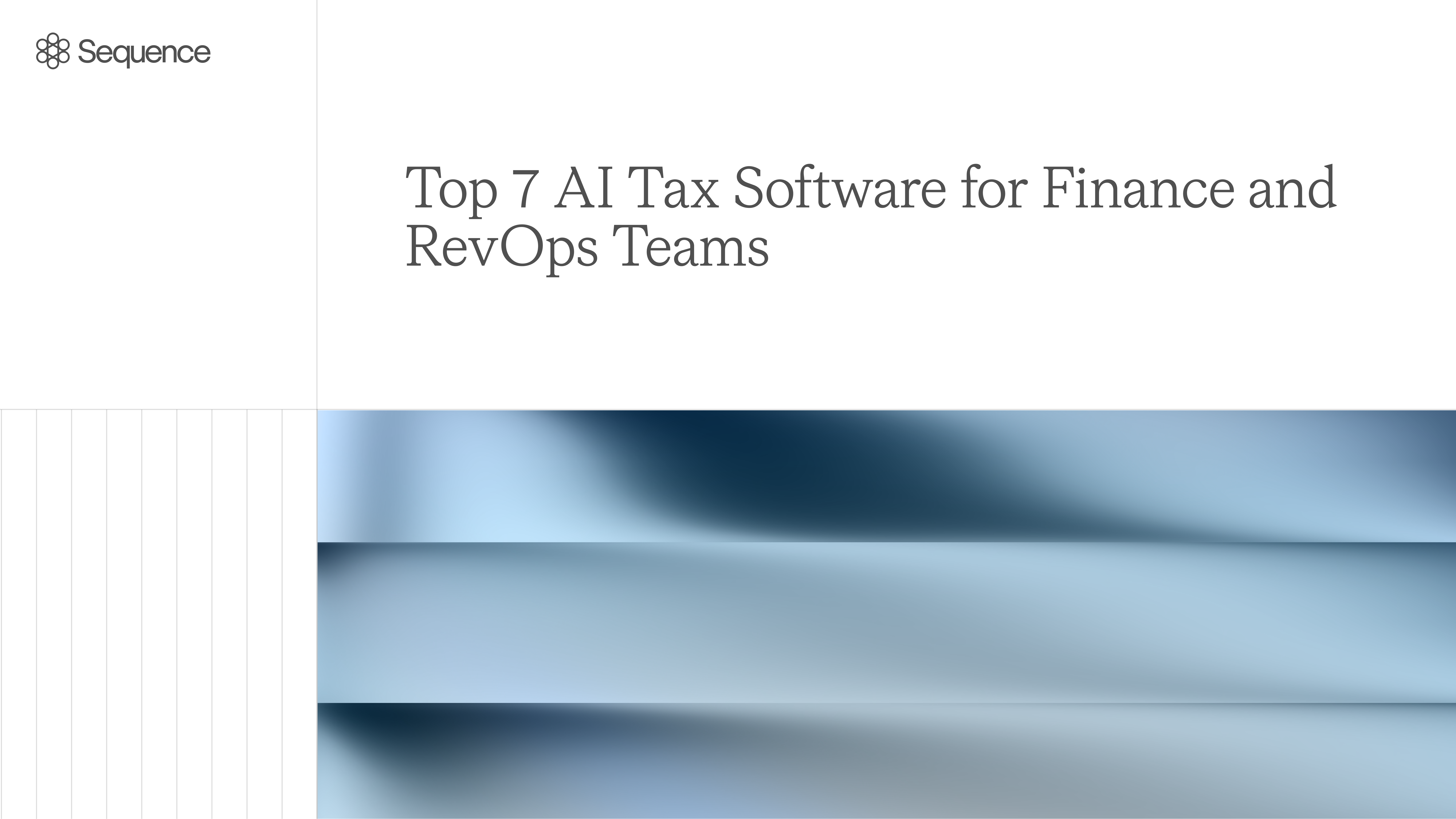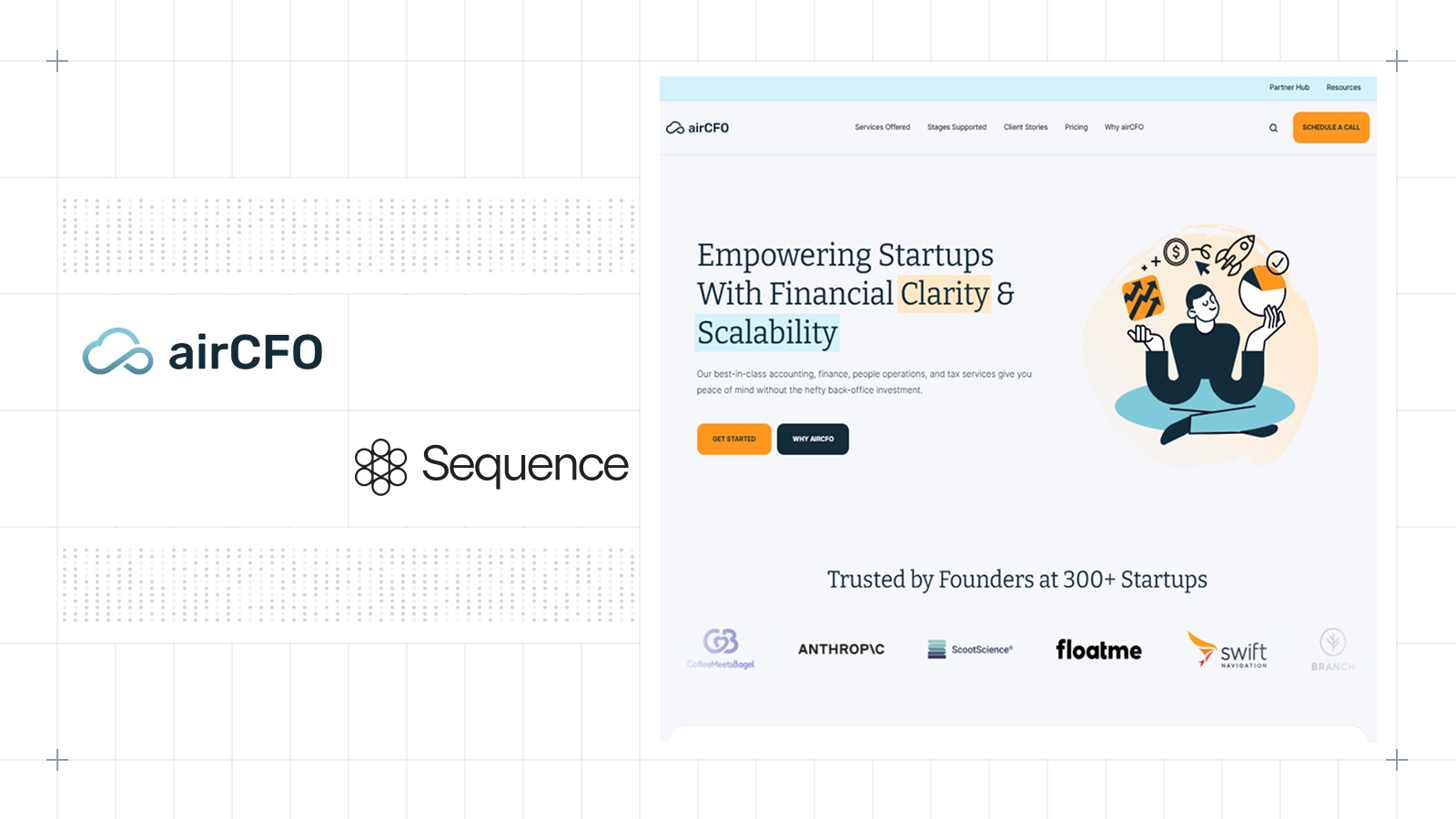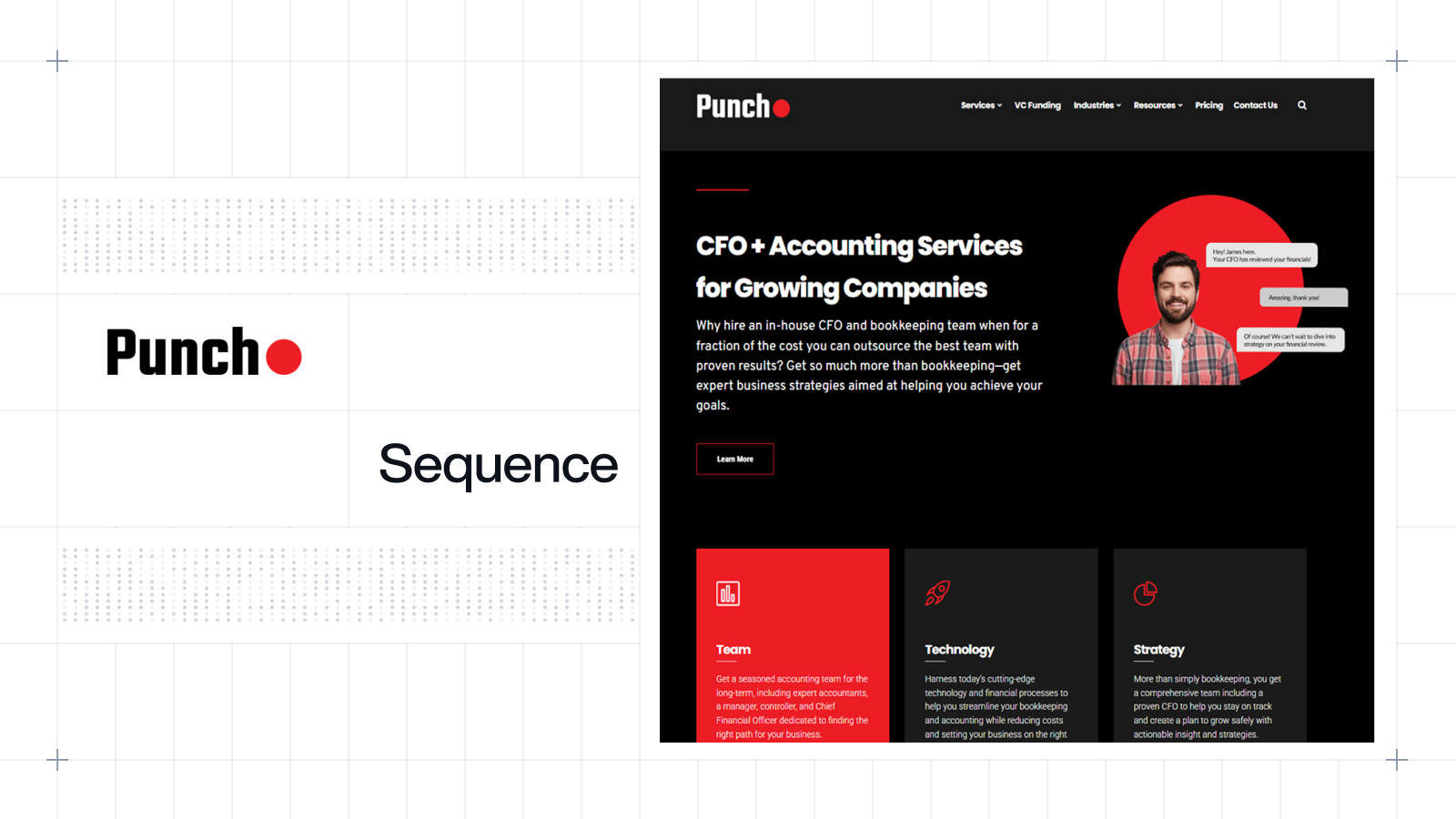Riya Grover
The best Stripe Billing alternatives in 2024
Stripe Billing is great for recurring payments but can limit flexibility and lacks strong support for usage-based pricing. Sequence offers flexible integrations and native usage-based billing, making it a more scalable, cost-efficient option for modern SaaS businesses. This post highlights key differences to help you choose the right platform.

What is Stripe Billing?
Stripe is the market leader for internet payments and a great product geared to developers. It’s a great option to collect payments from your customers, but not designed to streamline the quote to cash process for sales-led B2B businesses. Stripe Billing is a popular billing and subscription management solution designed to integrate seamlessly with the broader Stripe ecosystem. If you combine their product suite, it adds up to almost 5% of fees. It’s also difficult to account for unique contract terms with Stripe, since it’s been designed for simple monthly subscriptions.
Stripe Billing’s reliance on the Stripe Payments platform can lead to vendor lock-in, and its limited native support for complex pricing models like usage-based billing may pose challenges for businesses with more advanced billing needs.
What is Sequence?
Sequence is an integrated billing, quoting and revenue recognition platform for Finance teams at B2B SaaS companies with modern pricing models such as usage-based pricing. Sequence was founded in 2021 and is backed by Andreessen Horowitz and Salesforce Ventures.
Key differences between Sequence and Stripe Billing
In summary
| Stripe Billing | Sequence | |
|---|---|---|
| Customer focus | Developers | Finance teams |
| Accounting integrations | Light-weight Accounting and ERP integrations. Unable to sync invoices to platforms like Xero. | Real-time bi-directional sync with Xero, Quickbooks and Netsuite (coming soon). |
| Usage-based billing | Only recently introduced light-weight support for usage-based billing and metering | Robust infrastructure for event-level usage metering and billing, including native data warehouse integrations for usage ingestion. |
| Pricing flexibility | Limited support for advanced pricing models, e.g. charging a percentage-fee per transaction | Built for hybrid usage-based pricing and contracts with custom terms |
| Supported GTM motions | Designed for product-led and self-serve businesses with monthly recurring credit card payments | Built for sales-led and self-serve go-to-market motions |
| Payments | Only supports Stripe Payments | Supports payment gateways like Stripe Payments, wire or bank transfer payments |
Flexibility and vendor lock-in
Stripe Billing requires businesses to use Stripe Payments exclusively, leading to vendor lock-in. This limitation can be restrictive, particularly in markets where alternative payment methods might offer better rates or compatibility.
Sequence offers flexibility by allowing integration with various payment processors, ensuring that businesses are not tied to a single provider. This flexibility is crucial for companies looking to optimize their payment processing strategies and reduce costs.
Native support for usage-based billing
Stripe has only recently added light-weight usage-based billing features. In many cases, businesses need to pre-aggregate usage data, which complicates the billing process and may limit scalability. Percentage or transaction-based pricing models are unsupported.
Sequence provides native, built-in support for usage-based billing, offering a seamless experience for managing complex pricing models. This reduces the need for additional processing steps on your side while ensuring billing is accurate and efficient.
Cost efficiency
Stripe’s pricing structure, which charges a percentage of transaction volumes, can become expensive as a business scales. The cumulative cost, including additional fees for other Stripe services, can significantly impact profitability.
Sequence offers a more predictable and scalable pricing model, designed to grow with your business without unexpected cost increases. This makes it a more cost-effective solution for companies looking to optimize their billing expenses.
Designed for sales-led businesses
Stripe is a solid choice for self-serve PLG businesses but struggles to deal with the complexity of custom contracts.
Sequence is designed from the outset to support the nuances of custom contracts and deal terms, alongside self-serve PLG pricing.
Other Stripe Billing alternatives to consider
Maxio
Maxio is a comprehensive subscription billing and financial operations platform resulting from the merger of Chargify and SaasOptics. It’s known for its robust feature set that caters to traditional subscription billing needs. However, Maxio can be complex to implement, with a lengthy onboarding process and a user interface that may require significant training. While it offers in-depth reporting capabilities, the platform might be less suited for businesses looking for a more modern, flexible solution or those needing quick implementation and ease of use. See here how Maxio compares to Sequence.
Chargebee
Chargebee is a widely recognized subscription management platform favored by SaaS companies for its flexibility and comprehensive feature set. It excels in handling complex pricing models, but the setup and customization process can be more involved compared to other options, potentially extending implementation times. See here how Chargebee compares to Sequence.
Zuora
Zuora is a robust subscription management solution, particularly suited for large enterprises with intricate billing needs. It supports a wide array of billing models and extensive automation capabilities, making it an excellent choice for large-scale operations. However, its complexity may demand greater investment in both implementation and ongoing management, making it more appropriate for organizations with significant resources.
Recurly
Recurly is another strong alternative, especially for businesses looking for a user-friendly subscription management and billing platform. Recurly stands out for its intuitive interface and diverse integrations, simplifying the management of recurring billing. It’s especially appealing to companies that value ease of use and quick setup, although it may lack the deep customization options available in other platforms.
Riya Grover
Related articles

Top 7 AI Tax Software for Finance and RevOps Teams
Today’s scaling SaaS companies are dealing with sales tax thresholds in the US, VAT requirements across Europe, and digital services taxes cropping up everywhere. The traditional way of managing indirect tax—spreadsheets and manual filing-–doesn’t hold up to this complexity. AI tax software is changing that. These programs don’t just calculate the right amount of sales tax or VAT to collect, they predict where your business will trigger nexus, take care of tax filing and payment, and handle cross-border compliance without manual work. These AI-powered tools are a fit for every tax use case.
Donal McKeon

How airCFO helps startups build scalable back office operations: Lessons from 200+ early-stage companies
Most founders treat their back office as an operational necessity. Alex Wittenberg and his team at airCFO turn it into a competitive advantage. After supporting 200+ early-stage VC-backed startups, airCFO has identified the patterns that separate companies with scalable financial operations from those constantly fighting fires. We spoke with Alex about the mistakes that create operational debt, the tooling decisions that matter at each stage, and how AI is changing what finance teams actually do.
Enda Cahill

The Fractional Finance Playbook: Lessons from 20+ Years of Scaling Startups
Frank Mastronuzzi has guided hundreds of fast-growing companies through their most critical financial decisions at Punch. His firm focuses exclusively on helping AI and SaaS companies navigate from zero to $100M ARR, with deep expertise in the specific challenges that emerge at each growth stage.
Enda Cahill